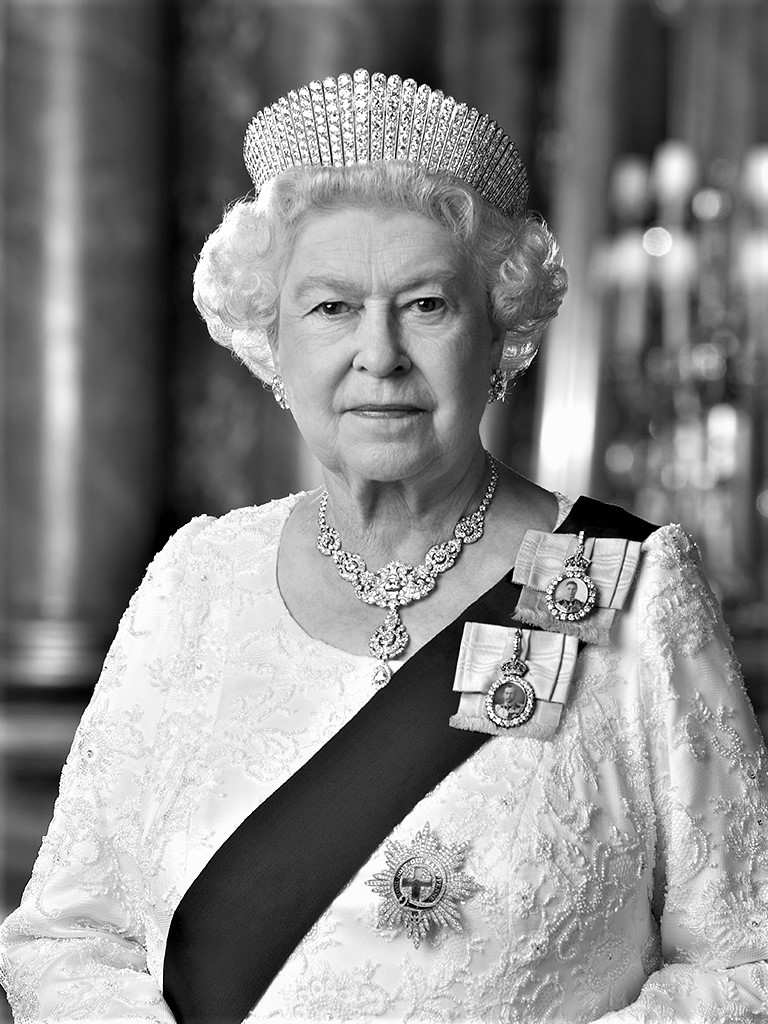Laying the patient flat on a clinical bench the tester will observe the eyes for nystagmus (involuntary eye movements).
Balance assessments
Positional Testing
Posturography
Wearing a safety harness, the aim is remain standing still on a moving platform. This assessment indicates which part of your balance system you rely on the most.
Videonystagmography (VNG)
Specialist goggles with small cameras built in detect and record eye movements which play a role in vestibular function and balance.
Caloric Assessment
Warm and cool air are introduced directly to the ear canal in succession. The audiologist then looks for nystagmus (involuntary eye movements). This allows each inner ear to be assessed independently.
Vestibular Evoked Myogenic Potential (VEMP)
Sensors attached to the neck, forehead and under the eyes measure tiny changes in muscle contraction in reaction to sounds
vHIT
Specialist goggles with small cameras and a gyroscope record and detect eye movements as the head is moved.

